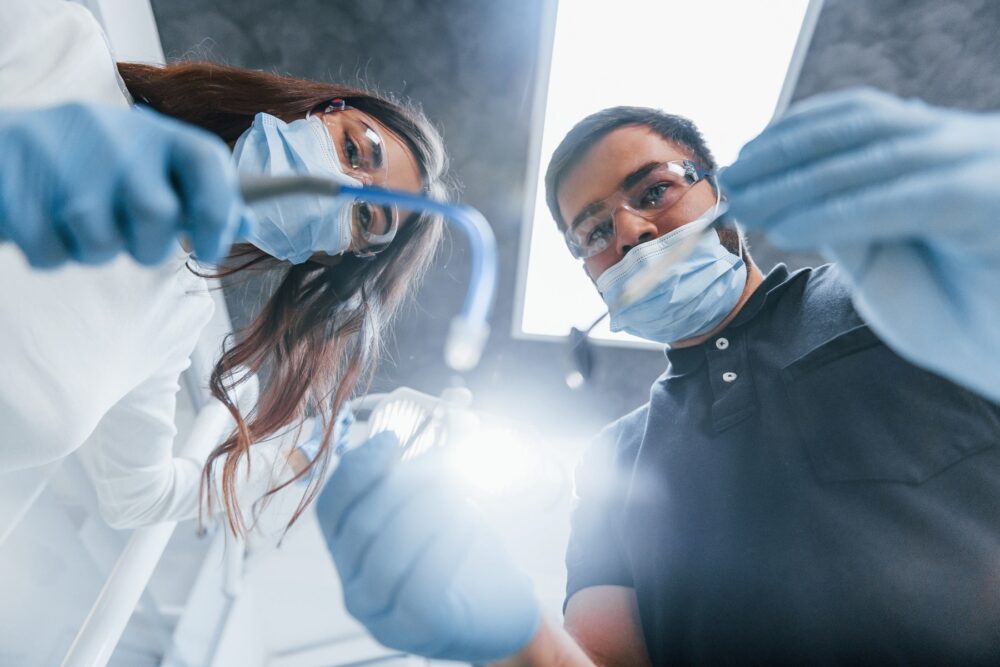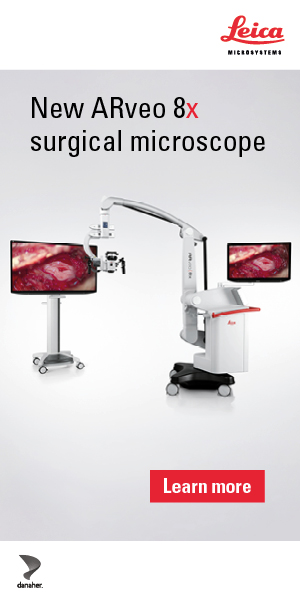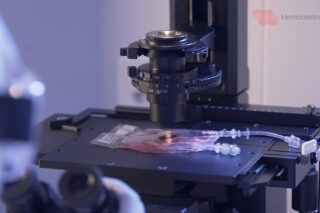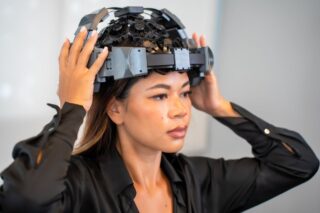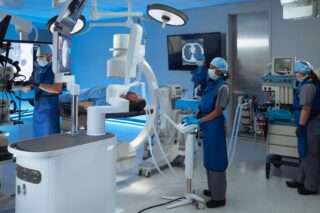Professionals from Simply Dental Management explain how cutting-edge technologies—ranging from AI-driven diagnostics to advanced digital scanners and laser systems—are transforming dentistry and redefining the patient experience.
In this current age of accelerating innovation and technology, the field of dentistry is far from falling behind. Through the combination of several advanced technologies, both dentists and patients benefit from increased efficiency, enhanced procedural experiences, and improved treatment effectiveness. Four notable technologies have emerged as leaders of innovation within the dental device industry.
Artificial Intelligence is perhaps the most controversial yet revolutionary emerging technology. AI has expanded into dentistry with products like Overjet Dental AI, which can be leveraged by dental care providers to streamline care and improve patient experience.
New improvements to traditional systems and procedures—like iTero Digital Scanners and Solea Dental Lasers—provide innovative solutions to common challenges within the dental field. By capturing a comprehensive understanding of oral health conditions and vastly improving the procedural experience for patients, these devices have become instrumental in delivering the best possible dental care.
Understanding exactly how these innovations function—and what their implications are for the dental industry at large—is vital for the continued advancement of dental practices nationwide. Each of these technologies accomplishes just that while maintaining a patient-centric approach to delivering superior care.
Overjet Dental AI Assist
AI is streamlining every aspect of the medical world and beyond. But how can this digital tool be leveraged by dentists? This is the question that the developers of Overjet Dental AI sought to answer.
Overjet is a dental AI platform designed to provide the best possible care by putting patients first. It performs a wide range of functions, including: precisely detecting oral diseases, educating patients on their personal oral health, automating insurance claims, and accurately reviewing them. The combination of these functions positions Overjet AI as a crucial tool for dentists, Dental Support Organizations (DSOs), and patients alike.
Dentists using this technology have seen a 25% increase in care acceptance. Overjet is the only technology cleared by the FDA to detect, outline, and quantify oral pathologies down to a fraction of a millimeter using its IRIS Smart Imaging system in combination with AI. Additionally, Overjet automates administrative functions, allowing staff to focus more on delivering the best care to their patients.
DSOs around the country have begun utilizing this technology to improve both their practices and the patient experience. Practices leveraging Overjet AI have seen an 18x average return on investment, making it a highly beneficial tool across a variety of practice functions.
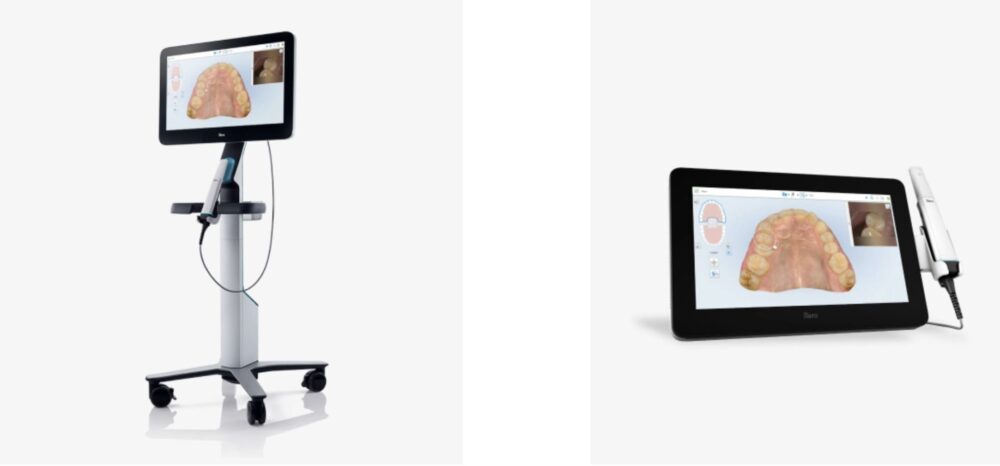
iTero Digital Scanners to Avoid Traditional, Messy, and Uncomfortable Impressions
Gaining accurate images and scans of a patient’s teeth is essential to developing an effective diagnosis and treatment plan. iTero Digital Scanners meet this need by providing superior clinical accuracy, offering greater confidence in imaging results.
The iTero Lumina scanner captures photorealistic, three-dimensional images of complex areas with a field of view three times larger than that of traditional digital scanners. It can capture everything from single-unit crowns to full-arch preparations with just a single pass of the wand over the teeth. The high-quality, precise images allow dentists to more accurately identify the dimensions of a patient’s mouth, helping determine the proper restoration fit for crowns and other treatments.
For patients, this technology shortens chair time by capturing images twice as fast as competing digital scanners, using a wand half the size of traditional ones. iTero digital scanners eliminate the need for traditional, messy, and uncomfortable impressions. Furthermore, they produce more accurate 3D images in a simplified simulation that improves patient education and clinical efficiency. These simulations, combined with photorealistic images, allow both dentist and patient to gain a clear, patient-centric view of the oral health condition.
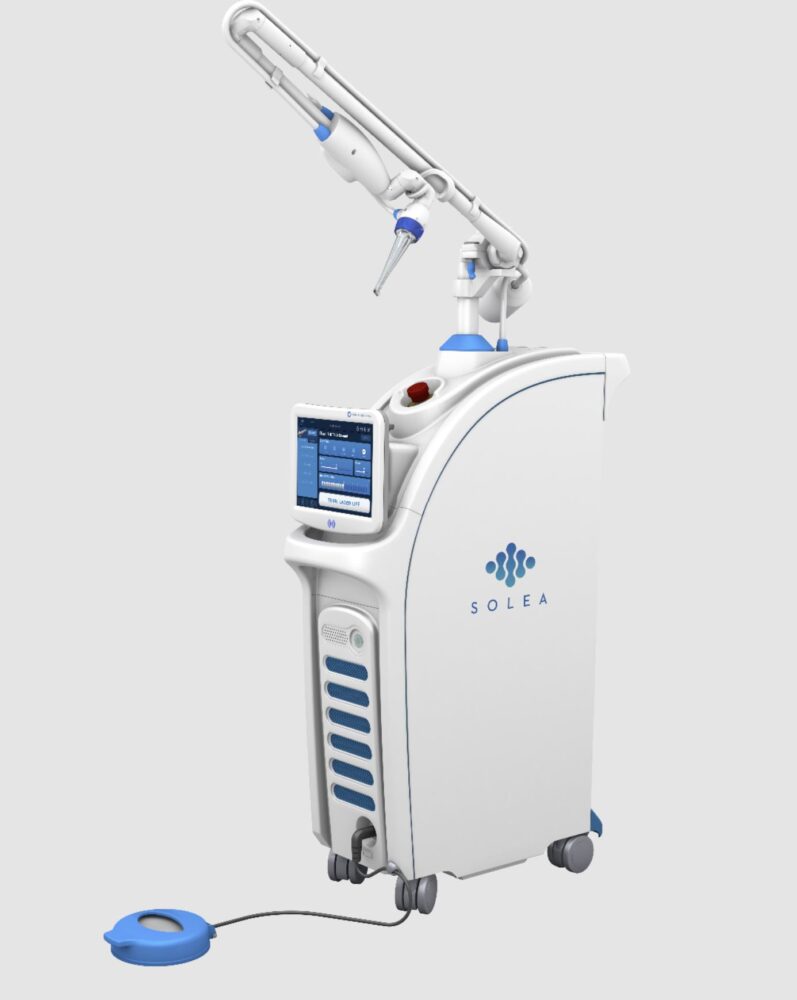
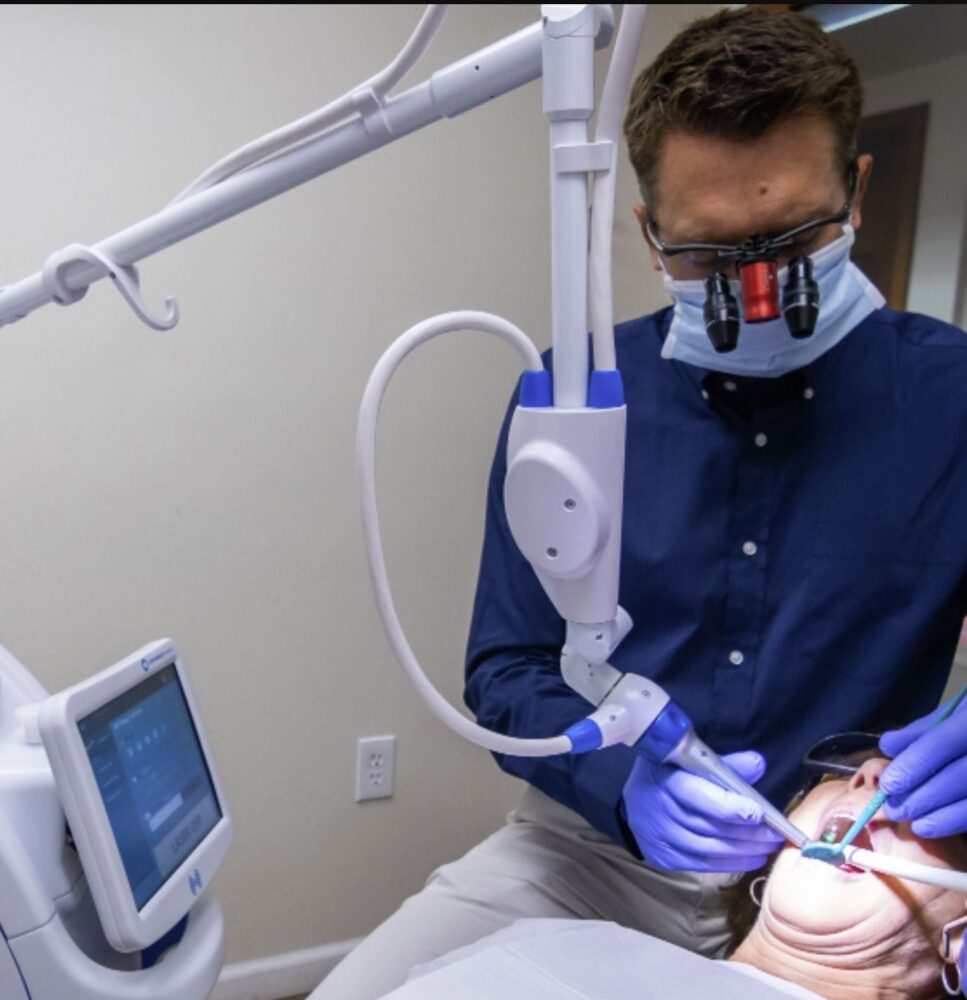
Solea Laser for Less Invasive Frenectomies
The Solea Dental Laser is an advanced technology that reduces the need for scalpels, needles, and drills in dental offices. Cleared by the FDA as the first carbon dioxide dental laser to treat both teeth and gums, Solea is a remarkable innovation that has benefited thousands of dental practices and patients alike. Designed with patients in mind, it includes several features to reduce pain, anxiety, and recovery time. This laser treats a variety of dental conditions, including cavities, gingivectomies, frenectomies, aphthous ulcers, fibroma removals, crown lengthenings, and more.
Solea uses computer-controlled laser technology to efficiently vaporize unwanted hard and soft tissues without compromising the safety or aesthetics of a patient’s mouth. Solea Lasers enhance the patient experience with faster treatment times, significantly reduced pain—typically without blood or the need for anesthetics—and the ability to complete procedures in a single dental visit.
Patients feel comfortable both during and after the procedure, with most appointments lasting only minutes and recovery almost immediate. During treatment, patient anxiety is minimized by eliminating the sound and discomfort associated with traditional drilling or cutting. The reduced number of appointments and shorter procedure times improve both patient satisfaction and overall dental practice efficiency.
GentleWave for Less Invasive Root Canals
The Gentlewave Procedure was created with comfort at its heart and has helped over one million patients treat painful root canals with revolutionary Root Canal Treatment (RCT). Root canals can generate anxiety and discomfort, but this technology makes the procedure faster, less painful, more accurate, and offers quicker recovery than standard RCTs.
Gentlewave treats the decay causing the root canal while preserving the patient’s natural tooth in most cases. This technology uses fluid dynamics and broad-spectrum acoustic energy to sanitize the root canal system. This minimally invasive approach is preferred by many dentists due to reduced reliance on traditional manual instrumentation, which can remove excessive tooth structure, leave infective tissue, or puncture the tooth.
Compared to standard RCTs, patients report that the Gentlewave procedure is less painful, has a faster recovery, and can be completed in one appointment. Comfort is central to this technology’s design, evident in the successful results. Patients keep their natural teeth with minimal discomfort.
